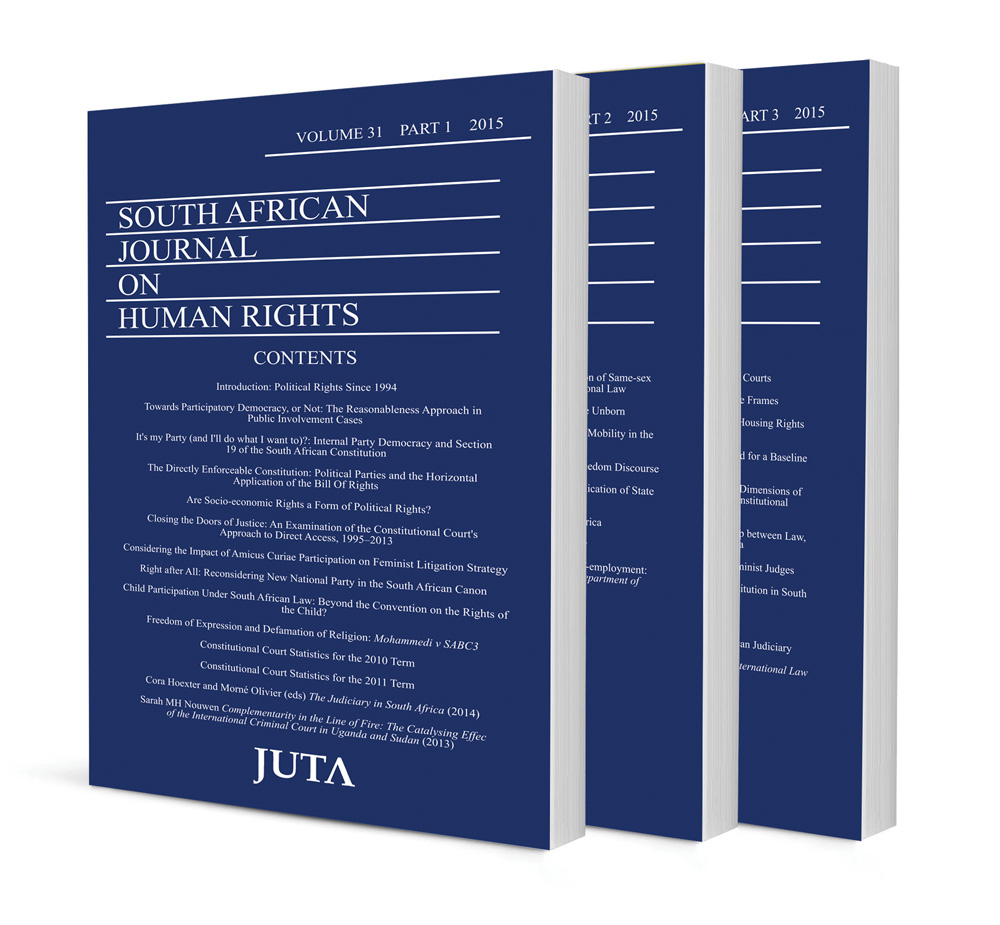Abstract
In a recent Special Issue of the South African Journal on Human Rights (SAJHR) devoted to the theme ‘religion and human rights’, David Bilchitz and Shaun de Freitas reply to arguments advanced by me in support of according religious associations a right to discriminate on grounds such as gender, sexual orientation and race in their employment practices relating to positions sufficiently close to the religion’s doctrinal core. Bilchitz continues to think that I allow too much discrimination on the part of religious associations. He rehearses arguments in defence of his view that religious associations should not be allowed to discriminate in employment practices on otherwise prohibited grounds and presses new objections to the position I favour. By contrast, De Freitas is of the view that I do not afford religious associations enough opportunity to discriminate. Between them, Bilchitz and De Freitas charge that I ‘owe’ several arguments. I offer here a final reply to Bilchitz and De Freitas in defence of the right of religious associations to discriminate, as I understand it. Although I respond towards the end to a criticism of my position by De Freitas, most of this article is given over to a reply to Bilchitz, whose arguments represent the more drastic challenge to my claim that religious groups should be permitted sometimes to discriminate. My purpose is to show that, although he contends adroitly in support of denying to religious associations a right to discriminate, Bilchitz’s efforts are unavailing. His arguments are not nearly strong enough to justify denying to religious associations a right sometimes to discriminate.
